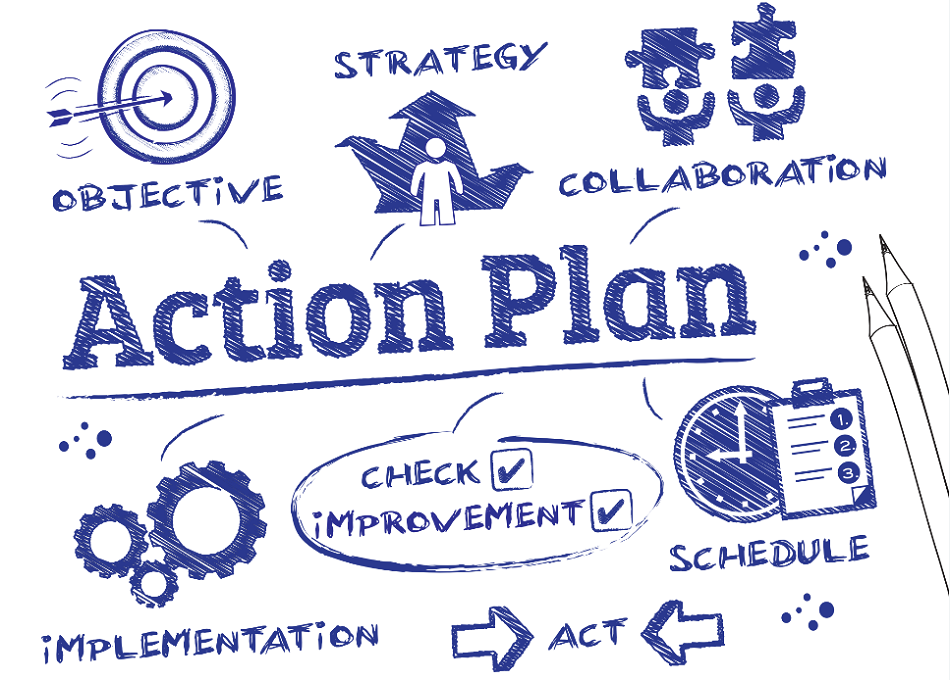Home » How can People with Disabilities use Person-Centered Planning?

People with disabilities have historically been institutionalized and excluded from society. However, American society has realized that institutions are not the answer over time. As people have moved away from institutions, states have primarily chosen their care standards and implemented new policies at varying rates.
One of these policies that states are implementing at varying rates is person-centered planning. At the heart of this policy is a person’s vision for their own future. The goal of person-centered planning is to assist disabled people in creating the future of their dreams. A tutor or team decides on the necessary support based on individual goals.
These personalized support plans are never pre-packaged, and they are based on personal dreams and are carried out with individualized support options. Because person-centered care differs significantly from traditional support for people with disabilities, agencies may struggle with this transition and wonder, “How can we implement these ideas?”
What Does Person-Centered Mean?
A person-centered care is defined as the ongoing assessment of a person’s hopes and dreams and the actions required to achieve those dreams. It usually begins with meeting the individual’s support group, which is made up of family, friends, and community members.
It is started by asking about hopes and dreams, and then the team of trainers look for obstacles and assets. This information aids in the formulation of objectives and the development of action plans. Throughout this process, a team of experts listens, looks, and learns to determine how they can best assist someone in setting and achieving goals.
Individuals work with tutors to identify what life skills can help them achieve their goals, which is supplemented by our skills inventory and curriculum. Every aspect of person-centered care necessitates periodic reflection and revision. As skills develop or dreams change, these plans must be adaptable enough to accommodate new ideas.
For People with Disabilities, Use Person-Centered Planning
Person-centered planning is a process that assists people with disabilities in making future plans. The ultimate goal is for that person to reach the end of a “meaningful life.” Person-centered planning, as the name implies, is centered on the individual. Once the goal has been established, you can plan how to get the person as close to the goal as possible.
Person-centered planning is a customized problem-solving process that allows people to develop personal skills and gain some control over their lives. Because person-centered planning considers each individual, no two plans are ever the same.
The person-centered planning model emphasizes providing the young person with the tools he or she requires rather than fixing the person. It is NOT a medical model but rather a strengths-based model (based on skills, abilities, interests, maximum capacity in work and life skills, and so on). There is nothing to fix because there is nothing broken. Gobiofit.com has reviews of the best treatments and supplements.
Service-based planning is an alternative to person-based planning. Simply put, service-based planning attempts to fit people into services.
Person-Centered Special Education Planning
Teenagers and young people with disabilities require a support system that acknowledges their strengths, interests, and fears, allowing them to take charge of their future. Person-centered planning assists the young student in determining their goals, the steps necessary to achieve them, and the classes they will need to take in the future. Person-centered planning must address many details of a young person’s career planning as they mature into adults. Furthermore, the plan is usually written in plain English (without medical or professional jargon/rhetoric), so everyone involved is on the same page.
Exceptional Connections
carla@exceptionalconnections.co
Copyright © 2021 Exceptional Connections All Rights Reserved.